If these aluminum walls could only talk!
At 65 years of age, this 1947 Curtis Wright Model 5 (CW5) is a very special travel trailer. It sits silently in its Santa Barbara restoration work yard home at Hofmann Architecture. If its silvery walls could speak it would tell a story of how American travel trailers came about. Like a fine wine, it’s aged very well, indeed.
Aluminum-skinned trailers, such as the CW5 Clipper, originated on the drawing boards of pre-war-era engineers whose designs and construction resembled airplanes. The production lines and tooling were ideal for creating a lightweight, yet strong and durable way to haul one’s gear in tow behind the family station wagon.
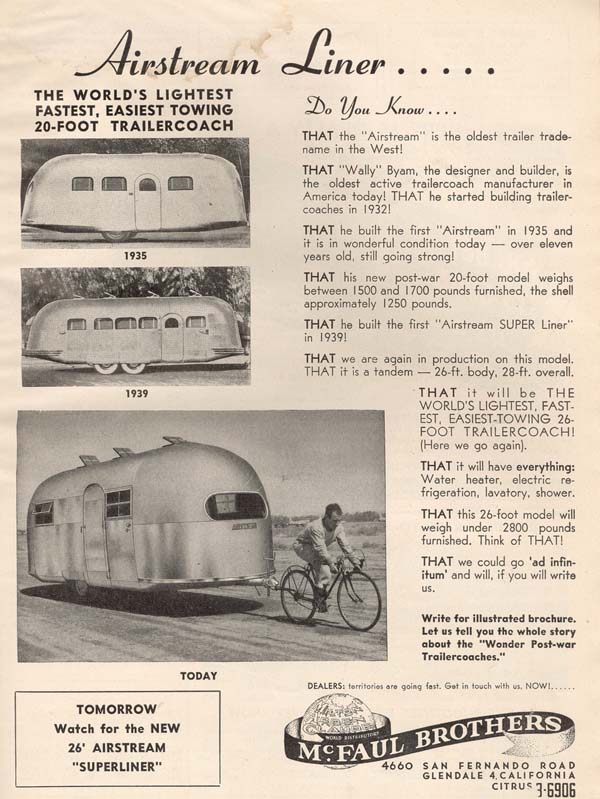
Like baseball, hot dogs, and apple pie the travel trailer is an all-American invention. However, digging up the America’s travel trailer roots can be tough going, not only due to the passage of time, but so many of these early drag-alongs look so similar. The community of travel trailer inventors and imaginers was a small one. Most early travel trailers were produced by a tiny nucleus of entrepreneurs, who often worked together, then went their separate ways, only to team up again later. The result was a free-wheeling exchange of ideas, workers, and production techniques.
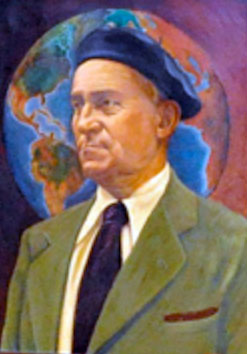
The most successful and well-known early travel trailer player was Wally Byam who started out his career in magazine advertising and publishing during the Great Depression. As with today’s Recession, America’s Depression-era turmoil ushered in a slew of do-it-yourself careers and creative money-making innovators.
In 1931, Byam decided to build his own caravan, as it was called, to offer Americans an affordable, yet comfortable way to vacation while exploring America’s wonderland. His earliest efforts had him designing and constructing them himself from plywood.
In 1935, Byam went to work for William Hawley Bowlus who had worked on Charles Lindbergh’s Spirit of St. Louis, the inspiration behind Byam’s riveted, all-aluminum, bullet-shaped trailer coach.
Bowlus went bust in 1936 and Byam bought some of the equipment along with rehiring a handful of his workers. The consummate salesman, Byam started selling a carbon copy of the Bowlus Chief. The key difference was the Airstream had its door on the side instead of the front. Byam also rebranded his caravan as the Clipper and began sporting his signature beret. Soon thereafter, America entered World War II and Airstream went dormant due the lack of raw materials.
During the war, Byam was hired by trailer builder Curtis Wright Manufacturing, not to be confused with Curtiss-Wright Aircraft Company, one of the largest World War II-era airplane manufacturers. After the war, Wright and Byam continued production of the Clipper travel trailer until 1947. The CW5 is one of the few travel trailers of its kind ever produced, much less still in existence today. As a result, it’s collector value is simply priceless.
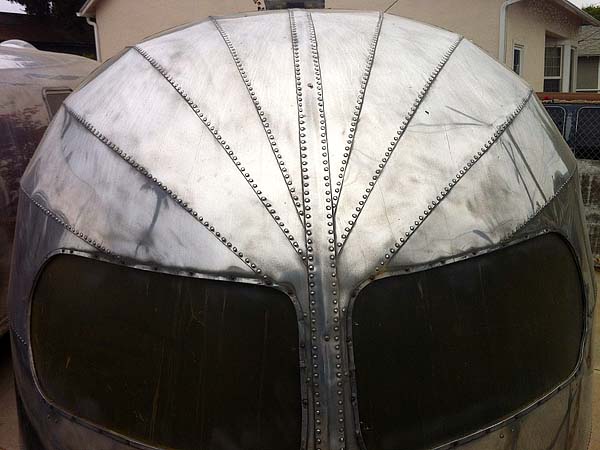
In 1948, Byam left Wright to resurrect his Airstream Company and located it at Los Angeles Metropolitan Airport, today it’s known as Van Nuys Airport.
In 1949, three partners bought Curtis Wright’s trailer manufacturing company and renamed its brand Silver Streak. They continued to build travel trailers in South El Monte, California until its demise in 1986.
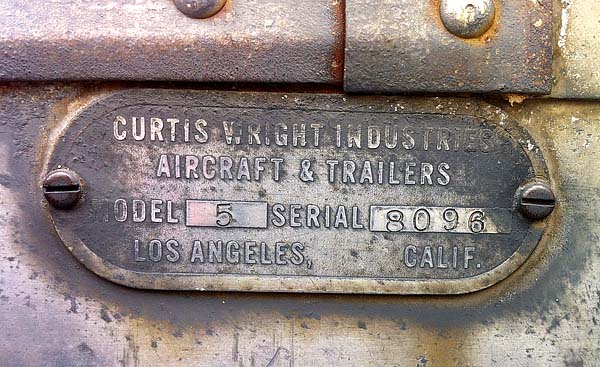
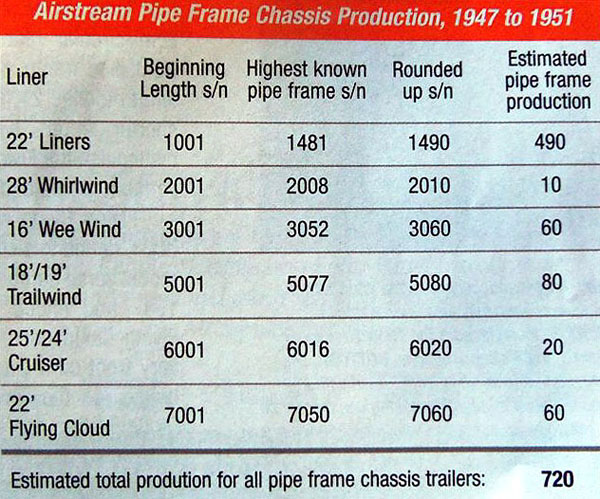
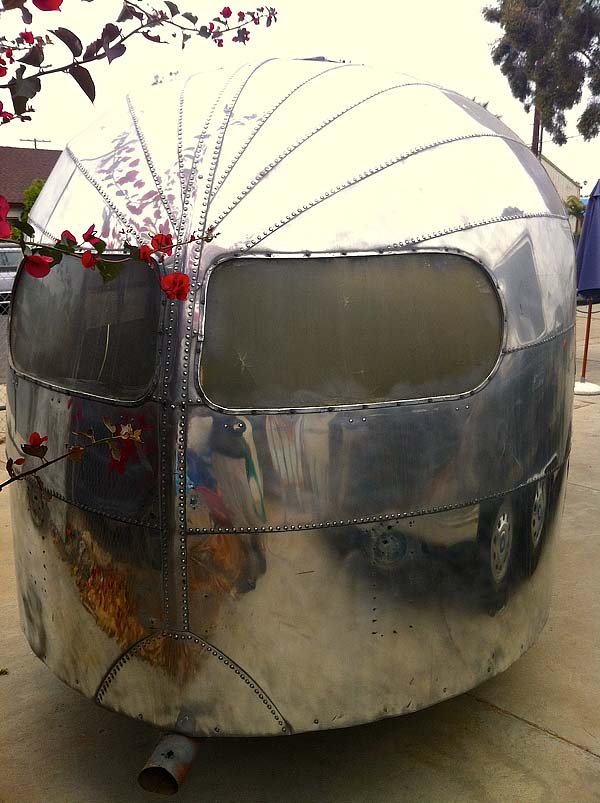
very interesting article, thanks for posting
Loved this article! It’s interesting to see how WWII technology and production affected industries seemingly unrelated to the war.
Cookl bit of history!
Are you sure “the travel trailer is an all-American invention”? Didn’t England have them too? The article even mentions the English name “caravans”. (Obviously the horse-drawn caravans came before the American travel trailer.)
I wonder if that cyclist “pulling” the trailer is actually moving. ;-]
Neat article, thanks …
Hmmm. Excuse my geek, but does this remind anyone else of a clone trooper helmet?
Greek hoplites too, sort of. Or a big-eyed alien face.
And here I thought I was the only immature soul to like these trailers for their … ahem … sci-fi aesthetic.
Looks like a cylon!
http://tours.virtuance.com/public/vtour/display/43072
when did Airstreams get SO Heavy? Now they require big trucks to pull them…